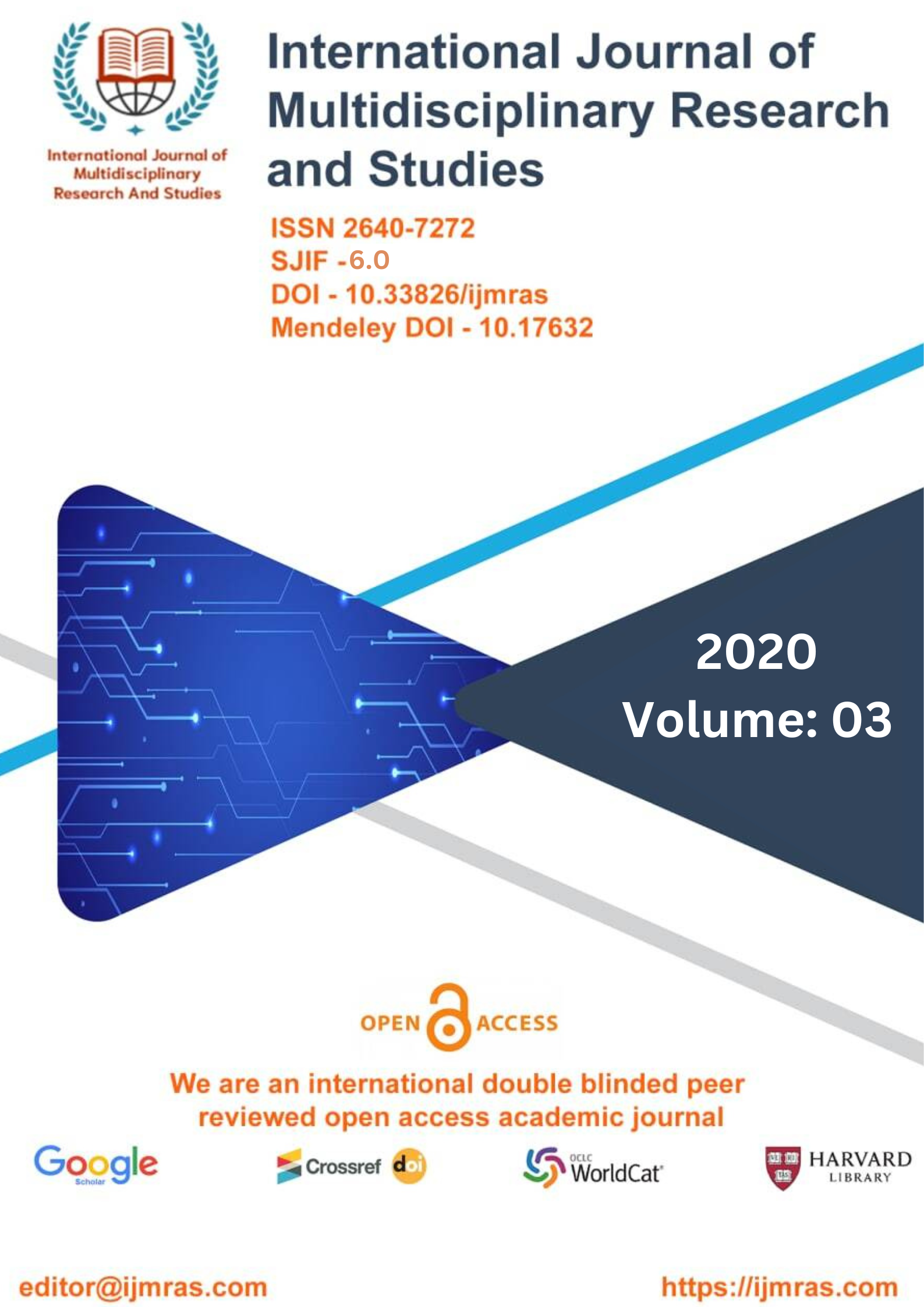AN EMPIRICAL STUDY ON THE OPPORTUNITY AND CONSTRAINTSFOR SPICE EXPORTER

Abstract
Export is widely regarded as the primary driver of economic expansion as it has taken on an increasingly significant role in the development of every nation. In order to achieve quick growth and pay for the country's vital imports, India needs a substantial amount of foreign currency. It is necessary to generate millions of job openings in order to put today's young people to productive use in the construction of the nation. Earning it through exports is the most reliable way to receive foreign currency over the long term, despite the fact that the country has other potential sources of this currency. Not only does the export of highly valued traditional products bring in foreign currency, but it also provides employment for a significant number of people. When compared to other conventional items, the prices of spices on both the local and international markets are significantly higher. This is the manufacture of spices in India requires a significant amount of semi-skilled and unskilled labour. The transformation of the international trade landscape brought about by the formation of the WTO has had a major impact on India's spice exports.
Keywords
Opportunity, ConstraintsHow to Cite
References
Anonymous.(1982). “Encyclopaedia Britannica”, Micropaedia, 15th Edition. Chicago: Encyclopaedia Britannica Publishers.
Anonymous.(1984).“Export Statistics of Spices”. Cochin: Spices Board Publication. Anonymous.(1991). “Spice Statistics”. Cochin: Spices Board Publication.
Anonymous.(2004). “Spices Statistics” Updated up to March 2004, 5th Edition. Cochin: Spices Board Publication. Dacosta, G.C., Goddamwar, S.B. (1988). “Export of Agricultural Commodities from India”. Bombay: Himalaya Publishing House.
Datta,S.K,etal.(2001). “Composition of India’s Agricultural Export: Changes in the Post Reform Period”. New Delhi: Oxford& IBP Publishing Co. Pvt. Ltd.
Datta,S.K., Deodhar,S.Y.(2001).“Implications of WTO Agreement for Indian Agriculture”. New Delhi: Oxford& IBP Publishing Co. Pvt. Ltd.
Dhindsa,(1981). “India’s Export Performance: Some Policy Implications”. New Delhi: Intellectual Publishing House. Bibliography Dept. of Applied Economics, CUSAT 243 Farrooqi,A.A.,etal.(2005).“
Cultivation of Spice Crops”. New Delhi: Universities Press (India) Limited Gibbs,Walter,M.(1909).“Spices and How to Know Them”. New York: Buffalo Publication. Henry,
N.Ridely.(1969). “Spices” Vol.1, London: Macmillion& Company Limited. Ian,Barnet.(2013). “Spices Island: The History, Romance, and Adventure of the Spice Trade Over 2000 Years.”Australia: Rosenberg Publishing.
Jack,Turner.(2004). “The History of a Temptation of Spices: An Analytical study. New York: Harper Prennial Publication. James, Riedel.(1982). “Trade as an Engine of Growth in Developing Countries: A Reappraisal”. Working paper No.555. Washington DC: World Bank.
Kamal NayanKabra.(2002). “A Decade of Reforms: The Unfinished Agenda”. New Delhi: Indian Institute of Public Administration.
Khan,M.S.(1990). “Spices in Indian Economy”. New Delhi: Academic Foundation Publication.
Krugman,R., Paul.(1994). “International Economics Theory and Policy”. Fourth Edition. Bosten: Addison-Wesley Publication.
Mahindru,S.N.(1982). “Spices in Indian Life”. New Delhi: S.Sulthanchand& Sons Publication.
License
Copyright (c) 2020 SANTOSH KUMAR RAM

This work is licensed under a Creative Commons Attribution 4.0 International License.
Individual articles are published Open Access under the Creative Commons Licence: CC-BY 4.0.



